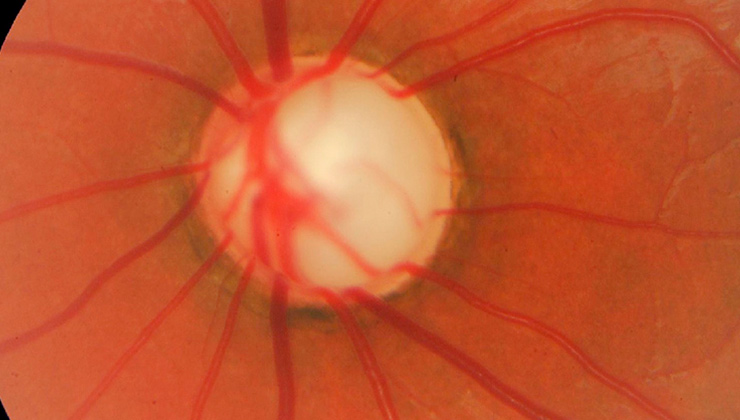Raising awareness is the main goal of the campaign, for which a symbol has been designed to be worn as a lapel badge or displayed on websites and social networks through a digital application, whose circular design represents the loss of peripheral vision caused by glaucoma.
This small green circle, a sign of hope for a future cure for the disease, is the symbolic part of a campaign that also aims to provide information about the disease and organise talks for professionals and the general public, in collaboration with the Official Association of Catalonian Opticians and Optometrists and the Department of Health of Barcelona City Council.
The campaign will also be offering the public free early-detection tests for the disease, which will be carried out at IMO’s premises in Barcelona and will include a visual acuity test, an eye pressure test and an optic nerve examination. Eye examinations will also be offered on Wednesday 14th, from 9:45 am to 6.00 pm, at the Catalonian Parliament, which also wanted to get involved in the initiative by inviting a team of glaucoma specialists and optometrists to come and provide check-ups for MPs, staff and the media.
Glaucoma
Glaucoma is a disease that causes progressive damage to the optic nerve, the part of the eye that sends images to the brain.
It is usually caused by difficulties in draining aqueous humour (the clear fluid that bathes the structures of the eye and maintains its optical properties), which under normal circumstances constantly enters and exits the space in which it is contained. This poor drainage leads to increased eye pressure that damages the optic nerve, causing the nerve fibres to atrophy (see attached document). As a result, the visual field gradually decreases, and it can even cause blindness, if not treated early.
Currently, glaucoma, which affects one million people in Spain, is the second leading cause of preventable blindness in the world, in which almost 60 million people suffer from the disease. Visual field loss is a slow process and does not affect central vision, which explains why more than half of patients with the disease are unaware they have it. In most cases, sufferers only notice the problem when approximately 80% of their visual field has been affected.
Current treatments – drugs, laser or different types of surgery (trabeculectomy, non-penetrating deep sclerectomy or valves) – make it possible to reduce eye pressure and slow down its progression, but lost vision cannot be recovered. It is, therefore, important to diagnose the disease in its early stages, which can be done by simple and painless eye check-ups. IMO Foundation recommends that everybody should have an eye examination every two years from the age of 40 and annually in high-risk cases: people with a direct family history of glaucoma, high myopia or other serious vision problems, the over 60s and people of black or Asian heritage.
IMO Foundation and glaucoma
IMO Foundation was founded by a group of ophthalmologists and researchers from the Instituto de Microcirugía Ocular in Barcelona with the aim of developing research, teaching and eye disease prevention projects.
Prevention and research into new and effective therapies are the two main cornerstones in the fight against glaucoma, a disease that is still incurable today, but for which treatments have been developed to slow down vision loss, if diagnosed and treated early.
As a result, IMO Foundation wanted to get involved in World Glaucoma Week with a campaign that aims to raise awareness about the importance of detecting the disease early. The Foundation also carries out research into the genetic basis of glaucoma to gain more and better knowledge about the disease, carry out genetic family counselling, predict individual genetic risks and provide early diagnosis for asymptomatic members, as well as laying the foundations for effective gene therapy, which could be available within a few years.
The Foundation proposes to identify genetic predisposition markers for glaucoma, because, even though direct inheritance is responsible for some cases of the disease, the percentage dramatically increases in cases where the patient inherits a predisposition, i.e. a risk factor for developing the disease. These studies are crucial for the future diagnosis and treatment of glaucoma.
